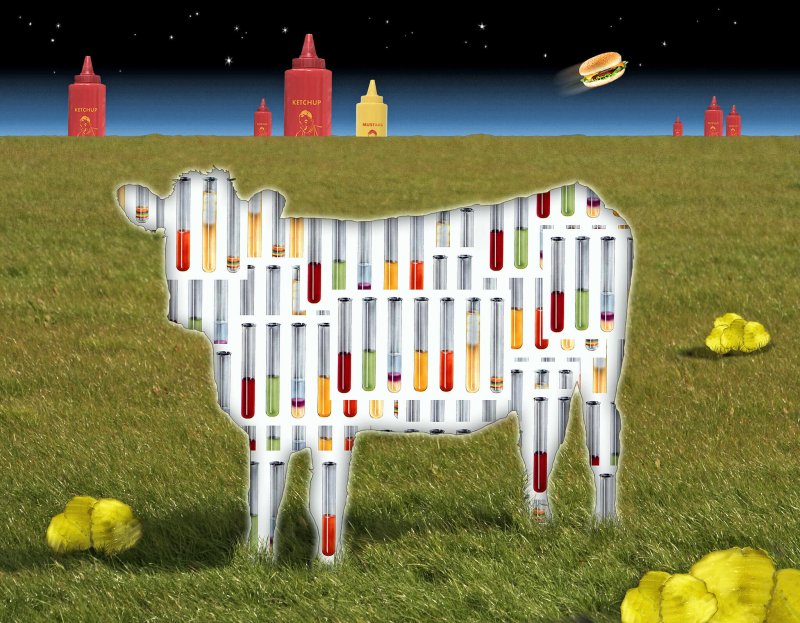A 2018 meta-analysis estimated that food production releases more than one-quarter of all human-caused greenhouse gases and that agricultural irrigation accounts for about two-thirds of all fresh water used by humans.1
The same report estimates that 37% of the planet’s land area is already dedicated to food production and, according to the United Nations Food and Agriculture Organization, just 7% of our fisheries are “underexploited”.
This shows how scarce the planet’s resources already are and how little opportunity there is to scale up our seafood production using current methods.
There are many potential solutions, says [food science professor David Julian McClements], from gene editing to improve crop yield and resilience, to using robots, automation and artificial intelligence to increase supply chain efficiencies.
But one of the unavoidable truths is that our current and future consumption of animal-source proteins is simply unsustainable. That’s why researchers like McClements are working to design alternatives to animal-based foods that taste and can be cooked the same way, but that are beneficial for the environment and our health.
“It’s a very exciting area to be working in at the moment,” agrees McClements. “I’ve never had so many students who want to work in the lab because everyone’s really passionate about these plant-based foods and using them to try and improve the health of people and the sustainability of the environment.”































